Social Investment Landscape
Myanmar
Summary
Executive Summary
After decades of military dictatorship and isolation, Myanmar has emerged as one of the fastest growing economies in Asia with a GDP growth rate of 6.4% in 2017 underpinned by strong industrial performance, especially in garment manufacturing. The Rakhine crisis and stalling reforms have however led to an economic downturn in 2018 that is projected to extend into 2019. Myanmar’s development trajectory thus depends on how earnestly reforms will be implemented to liberalise the economy and create an enabling business environment.
Despite a lowering of poverty levels from 48% in 2005 to 32% in 2015, Myanmar continues to grapple with multiple social and environmental challenges. The country still trails behind its Southeast Asian neighbours significantly in terms of social development indicators. Life expectancy at birth is 67 years, the lowest in Southeast Asia; mean years of schooling is only 5 years, indicating huge gaps in basic health care and education services. Meanwhile, Myanmar is among the most vulnerable countries in the world to climate change, with regular extreme weather events such as cyclones, floods and droughts.
Myanmar’s social economy is still in its nascency but has shown signs of growth, albeit from a low base. While institutional philanthropy is practised on an ad hoc basis, the impact investing market is becoming increasingly vibrant with the presence of many private impact funds and development finance institutions (DFIs). There exists a spectrum of incubators and accelerators that support social ventures from start-up through to mature stages. Large local corporates are also moving towards more strategic social investment in alignment with community needs.
Myanmar’s Fact File
Myanmar’s 2018 Fact File
Dashboard
SDG Dashboard
- Peace, national reconciliation, security and good governance;
- Economic stability and strengthened macroeconomic management;
- Job creation and private sector-led growth;
- Human resources and social development for a 21st century society; and
- Natural resources and the environment for the future generations.
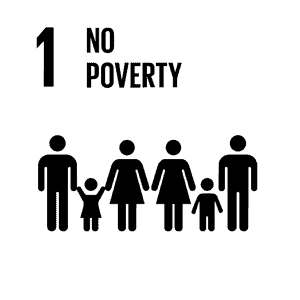
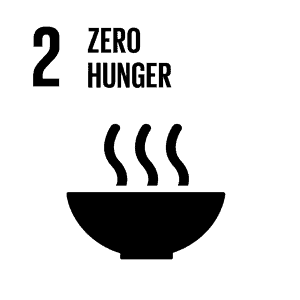
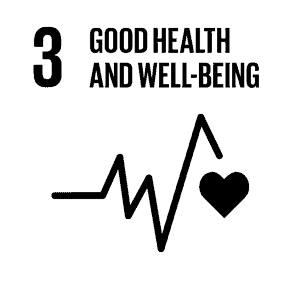
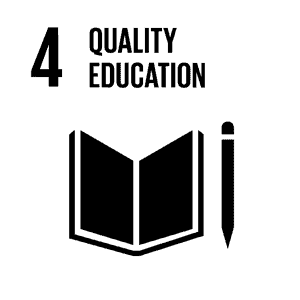




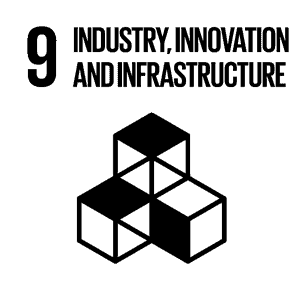
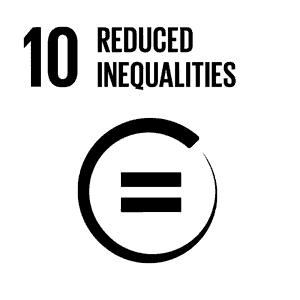
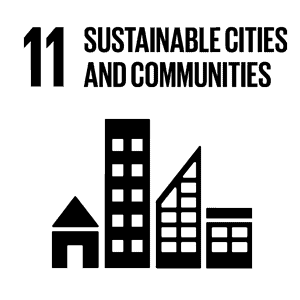
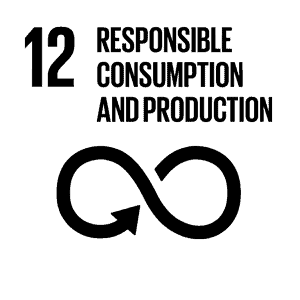
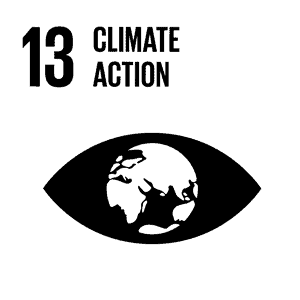

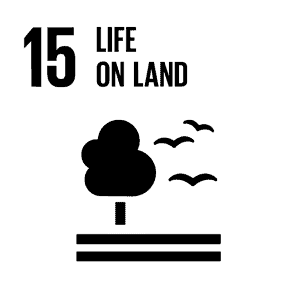

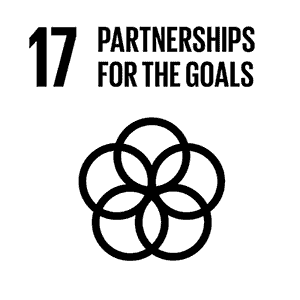
Source: sdgindex.org (2018)
Note: The “traffic light” colour scheme (green,yellow, orange, red) illustrates how far a market is from achieving a particular goal
Government Initiatives
Government Initiatives to Address Development Gaps
Agriculture
SDG Goals



Gap
- Agriculture contributes nearly 30% of the GDP but is characterised by low productivity and high volatility. Food insecurity is a major issue in upland areas and parts of the Delta.
- Approximately 72% of the population lives in rural areas where 85% of poverty is concentrated.
Government Initiatives
- The Agriculture Development Strategy and Investment Plan 2018/19 – 2022/23 emphasises collaborative relationships between farmers, businesses and the government to achieve key policy goals including: food and nutrition security, rural poverty reduction, increasing smallholder farmers’ incomes, agricultural trade competitiveness, and strengthening farmers’ rights.
Climate action
SDG Goals



Gap
- Myanmar is highly vulnerable to climate change but ranked among the bottom 15 countries in terms of its coping capacity in the 2017 World Risk Report.
- The country has been projected to experience a 0.8 – 2.7˚C increase in temperature, resulting in more droughts, floods and intense cyclones.
Government Initiatives
-
Key policy measures outlined in the Myanmar Climate Change Strategy and Action Plan 2016-2030 include:
- Mobilising capital to finance climate-smart investments,
- Increasing access to technology to enable climate-smart responses,
- Building awareness and capacities in all levels of society, and
- Forging multi-sectoral partnerships to implement climate-smart initiatives.
Education and employability
SDG Goals


Gap
- 1 in 5 children aged 10-17 go to work instead of going to school.
- The secondary school enrolment rate in 2017 was 56%, significantly lower than the East Asia and Pacific average of 78% (excluding high-income countries).
Government Initiatives
- The National Education Strategic Plan 2016-2021 aims to expand access to and improve quality of pre-school services, basic education and alternative education; ensure the inclusion of 21st century skills in education curricula; and create equitable access to higher education.
Energy access
SDG Goals

Gap
- 22 million people, or 41% of the population, do not have access to electricity, according to the International Energy Agency.
Government Initiatives
- The Myanmar Energy Master Plan aims to achieve universal electricity access and an energy mix of 57% hydropower, 30% coal, 8% natural gas and 5% solar and wind by 2030.
Health care
SDG Goals

Gap
- Life expectancy is the lowest among Southeast Asian countries at 67 years. Maternal and under-5 mortality rates are the second highest in the region.
- More than one third of children under the age of 5 are stunted.
Government Initiatives
- The National Health Plan 2017-2021 aims to extend access of the Basic Essential Package of Health Services to the entire population by 2020, strengthen the national health system and improve affordability of health care for the poor.
Poverty alleviation
SDG Goals


Gap
- 32% of the population lived below the national poverty line as of 2015.
- 39% of the rural population lived in poverty compared to 15% in urban cities.
Government Initiatives
- The Myanmar Sustainable Development Plan 2018-2030 introduces measures to extend social protection services to children, youth, the poor and the elderly. Increasing agricultural productivity is the chief strategy to reduce rural poverty.
SME development
SDG Goals


Gap
- SMEs account for 99% of all businesses in Myanmar but contribute to at most 53% of GDP.
Government Initiatives
- The 2015 SME Development Law offers various incentives to registered SMEs in the areas of preferential loans, tax relief, human resources and training, linkages with large companies and technological transfer.
Social Economy
Myanmar’s nascent social economy is poised for growth given growing investor interest, a diverse spectrum of incubators and accelerators and an increasingly enabling macro environment
Factor
Presence, size, and maturity of SEs
Rating
◑
Description
- There are about 214,000 community-based organisations, 270 NGOs and 500 SEs in Myanmar.
- At most 30% of SEs are financially sustainable and very few have the potential to scale.
Factor
Rating
◑
Description
- SEs operate in a range of sectors including: education, health care, microfinance, livelihood, vocational training, agriculture and environmental sustainability.
Factor
Philanthropic contributions
Rating
◑
Description
- While Myanmar has consistently ranked among the most generous countries in the Charities Aid Foundation (CAF) World Giving Index, institutional philanthropy is still practised on an ad hoc basis.
Factor
Rating
◑
Description
- Between 2007-2017, Myanmar saw 15 impact investing deals, the second highest number in Southeast Asia, but received the second lowest amount of capital at USD 26 million.
- Interest in the country’s impact investing space is growing among private impact funds, private equity and venture capital funds, DFIs and foreign foundations.
Factor
Rating
◑
Description
- Many corporate foundations such as KBZ Brighter Future Myanmar Foundation, KT Care Foundation and HTOO Foundation are moving towards more strategic social investment.
Factor
Policy environment
Rating
◔
Description
- While the Myanmar government has not put in place policies focused on the social economy, the 2018 Companies Law, 2016 Investment Law and 2015 SME Development Law and the provision of collateral-free loans might transform the country’s social economy.
- The Myanmar Young Entrepreneurs Association (MYEA) proposed an SE Law and formed the Social Enterprise and Inclusive Business Committee to coordinate efforts to promote business solutions to development challenges in 2018.
Factor
Incubators, accelerators, and capacity-builders
Rating
◕
Description
- There is a spectrum of incubators and accelerators focusing on start-ups through to growth-stage and mature SEs and SMEs. Notable ones include: Yangon Innovation Centre, Rockstart Impact, Phandeeyar and Impact Hub Yangon.
Factor
Networks and platforms
Rating
◑
Description
- Notable multi-sectoral networks and platforms include: Aspen Network of Development Entrepreneurs (ANDE), AVPN, British Council and the Myanmar Young Entrepreneurs Association (MYEA).
Factor
Knowledge and research
Rating
◑
Description
- British Council, GIIN, DaNa Facility and AVPN are some of the few organisations that have published research on Myanmar’s social economy.
Factor
Partnerships
Rating
◔
Description
- Co-investment between different impact funds and between DFIs and private impact funds has emerged in recent years. However, there are few innovative multi-sectoral initiatives for impact such as collective impact and pooled funds.
















